UART for ESP32 Cam
₨490.00
UART (Universal Asynchronous Receiver-Transmitter) enables seamless serial communication between the ESP32-CAM and external devices. It supports firmware uploading, debugging, and sensor integration, making it essential for IoT, automation, and embedded systems. With its efficient data exchange and easy integration, UART enhances the functionality of the ESP32-CAM in various applications.
Description
Introduction
UART (Universal Asynchronous Receiver-Transmitter) serves as a fundamental communication protocol for the ESP32-CAM. As a result, it allows seamless serial data exchange between the microcontroller and external devices. Moreover, it enhances communication efficiency, making it an essential feature for various IoT applications. As a result, it enables easy debugging, firmware uploading, and communication with peripherals such as sensors, computers, and other microcontrollers. Moreover, with its efficient, low-power operation, UART plays a crucial role in IoT applications that require reliable and fast data transmission.
Key Features of UART for ESP32 Cam
- Asynchronous Communication: Eliminates the need for a clock signal, reducing wiring complexity.
- Full-Duplex Mode: Allows simultaneous transmission and reception of data, enhancing efficiency.
- Adjustable Baud Rate: Supports various speeds, including 9600, 115200, and higher for faster communication.
- Error Detection: Uses parity bits to enhance data reliability and ensure accurate transmission.
- Low Power Consumption: Optimized for energy-efficient IoT applications, making it ideal for battery-powered devices
Specifications of UART for ESP32 Cam
- Voltage Levels: 3.3V logic (compatible with most ESP32 peripherals)
- Baud Rate Range: 300 bps – 5 Mbps (commonly used: 9600, 115200)
- Data Bits: 5, 6, 7, or 8 bits (default: 8 bits)
- Stop Bits: 1 or 2 (default: 1)
- Parity: None, Even, or Odd (default: None)
- Hardware Pins:
- TX (Transmit) – GPIO1 (U0TXD)
- RX (Receive) – GPIO3 (U0RXD)
- Additional UART ports available on ESP32 for multiple connections.
Significance in IoT Applications
Since the ESP32-CAM lacks a direct USB interface, UART plays a vital role in programming and debugging the board. Additionally, it supports various IoT applications, making it an essential feature:
- Firmware Uploading: Transfers programs to the ESP32-CAM using an external USB-to-TTL adapter, ensuring efficient software deployment.
- Serial Debugging: Sends real-time logs to a computer for troubleshooting, helping developers identify issues quickly.
- Communication with Sensors and Modules: Interfaces with devices such as GPS, RFID readers, and other microcontrollers, enhancing connectivity.
- Wireless Data Transmission: Enables remote monitoring when paired with Wi-Fi or Bluetooth modules, expanding IoT capabilities.
- Home Automation: Controls smart devices using serial commands from a central controller, making automation more convenient.
Conclusion of UART for ESP32 Cam
Overall, the UART interface is essential for enabling serial communication on the ESP32-CAM, facilitating programming, debugging, and real-time data exchange. Because of its simplicity, efficiency, and compatibility with external devices, it plays a crucial role in IoT, automation, and embedded systems. Therefore, integrating it into your development workflow will significantly improve efficiency and ease of use
Visit our website Ampflick for more products.
You can also visit our Instagram and Facebook for latest update.
Only logged in customers who have purchased this product may leave a review.
Related products
-
4 Cell Holder
- ₨230.00
- Add to cart
-
Ultrasonic sensor
- ₨250.00
- Add to cart

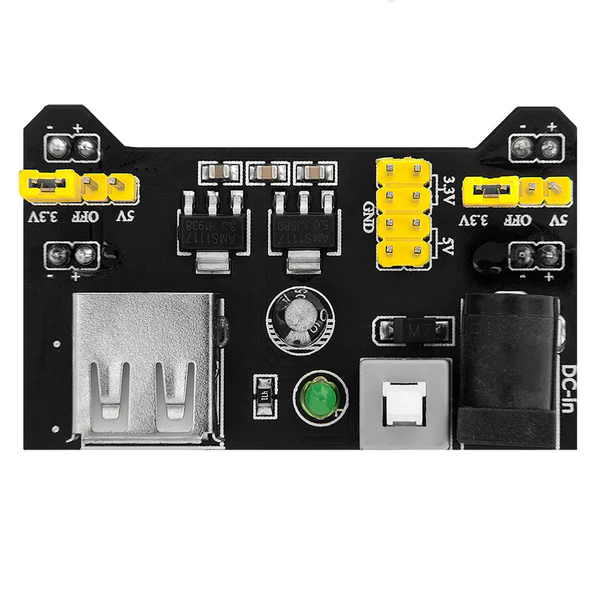
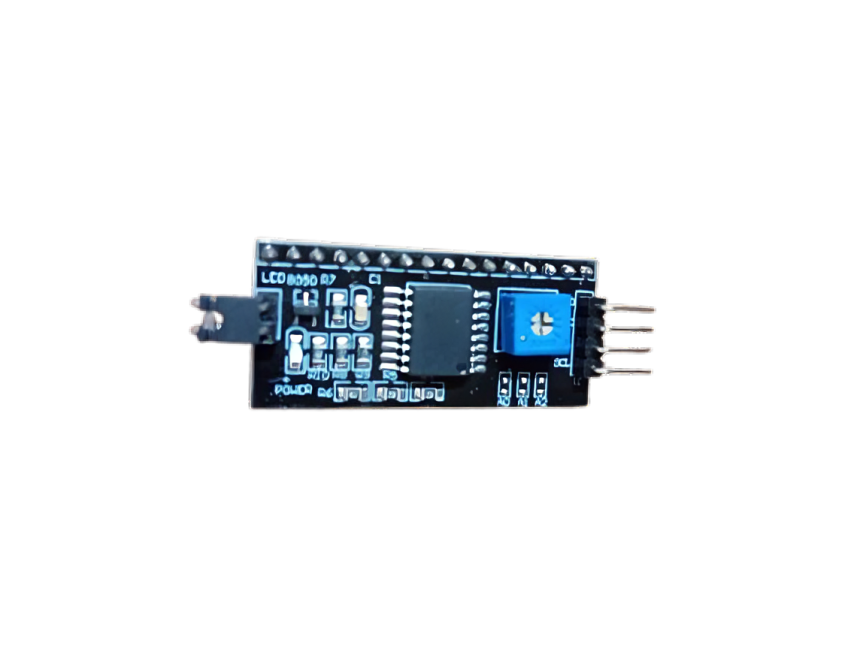
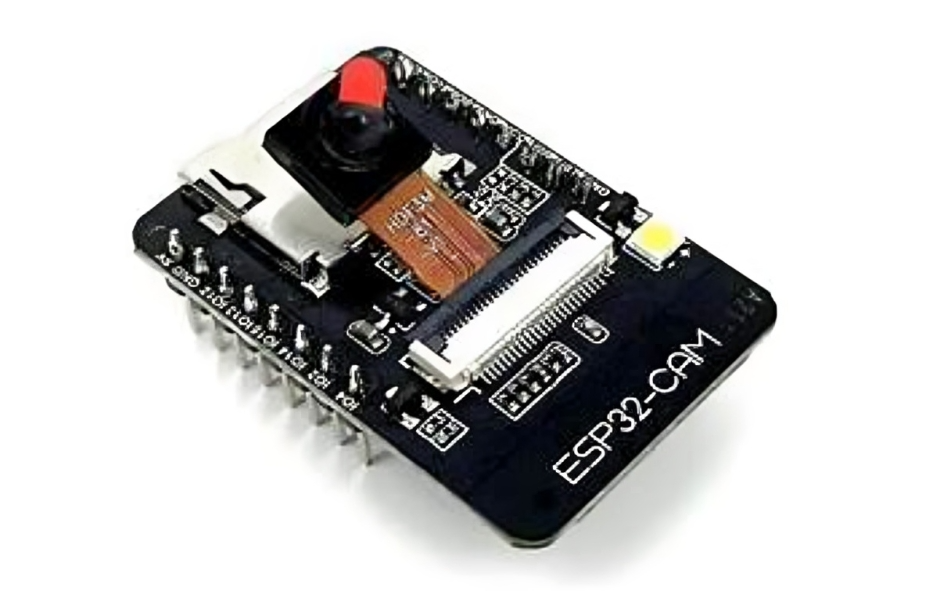
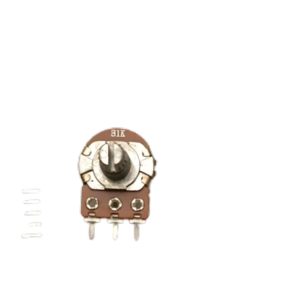
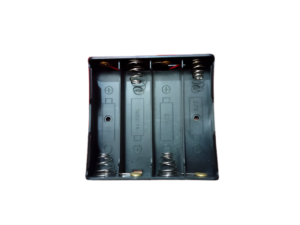
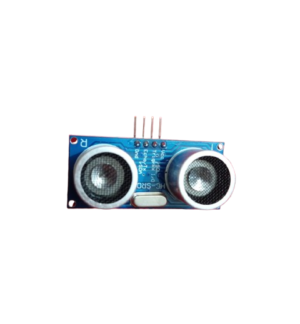
Reviews
There are no reviews yet.